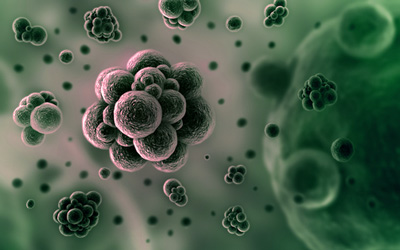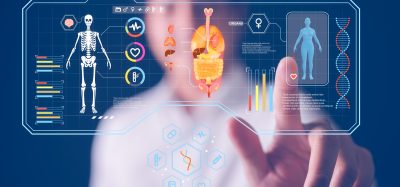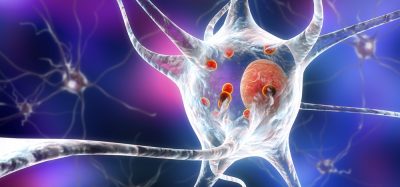Chemists turn bacterial molecules into potential drug molecules
Posted: 16 November 2015 | Victoria White
Researchers have created molecules that mimic and dominate toxic ones secreted by bacteria. The implications for the study of biology and pharmacology are said to be enormous…


Researchers from Syracuse University have created molecules that mimic and dominate toxic ones secreted by bacteria.
The implications for the study of biology and pharmacology are said to be enormous.
“Using toxic molecules to develop therapeutic agents, such as a vaccine, is not easy,” says Yan-Yeung Luk, associate professor of chemistry, who works at the interface of organic chemistry and the life sciences. “We’re just beginning to understand how some molecules–synthetic or naturally occurring–control the activities of bacteria. This will help us develop, among other things, drugs with many different applications.”
Biomarkers are redefining how precision therapies are discovered, validated and delivered.
This exclusive expert-led report reveals how leading teams are using biomarker science to drive faster insights, cleaner data and more targeted treatments – from discovery to diagnostics.
Inside the report:
- How leading organisations are reshaping strategy with biomarker-led approaches
- Better tools for real-time decision-making – turning complex data into faster insights
- Global standardisation and assay sensitivity – what it takes to scale across networks
Discover how biomarker science is addressing the biggest hurdles in drug discovery, translational research and precision medicine – access your free copy today
The Luk Research Group is focusing its attention on Pseudomonas aeruginosa, a microbe that causes many diseases and illnesses. Like other bacteria, P. aeruginosa produces a range of molecules that guides various activities. Among these molecules are rhamnolipids, which are made up of rhamnose sugar rings and fatty acids, and are able to reduce the surface tension of water. While rhamnolipids have been studied for decades, scientists don’t really know how they affect bacterial behaviour.
Enter Luk, who, along with his research team, designs molecules that control such behaviour. Their latest creation is a class of molecules called synthetic disaccharide derivatives (DSDs), which take over the chemical signalling of rhamnolipids to control activities such as biofilm formation, bacterial adhesion and swarming motility.
The Luk team have also discovered a subset of DSDs that dominates the function of rhamnolipids, and has demonstrated capacity for a range of new, unexpected bioactivities. The latter includes phenotypic switching, in which bacteria abandon their original phenotypes to “change” into two different phenotypes, and bacterial adhesion, considered the first step in colonisation and biofilm formation.
“Biologists know how rhamnopilids are made by bacteria, and can knock out their production, but they don’t fully understand how rhamnolipids work – specifically, how they control different types of bacterial activities,” Luk says.
Rhamnolipids have useful chemical and biological properties
In addition to being non-toxic and biodegradable, rhamnolipids can withstand extreme temperatures, salinity and acidity. As a result, they have many useful chemical and biological properties.
Luk says that developing rhamnolipids into therapeutic agents has been speculated about for years, but without successful results. He hopes his group’s synthetic approach is the exception. After designing and synthesizing two chemical libraries of molecules, Luk’s third one contained two DSDs whose structures dominated the functions of rhamnolipids, offering the potential for many applications. It is from these two molecules that Luk’s team is making new ones.
“By determining the important structural features of DSDs, we’ve figured out how to control the behaviour of P. aeruginosa,” Luk adds. “At the same time, DSDs have enabled a series of novel biological phenomena that are starting to reveal how rhamnolipids work – something that has baffled scientists for a long time. It’s exciting to be on the brink of discovery.”
Related topics
Drug Discovery
Related organisations
Syracuse University








